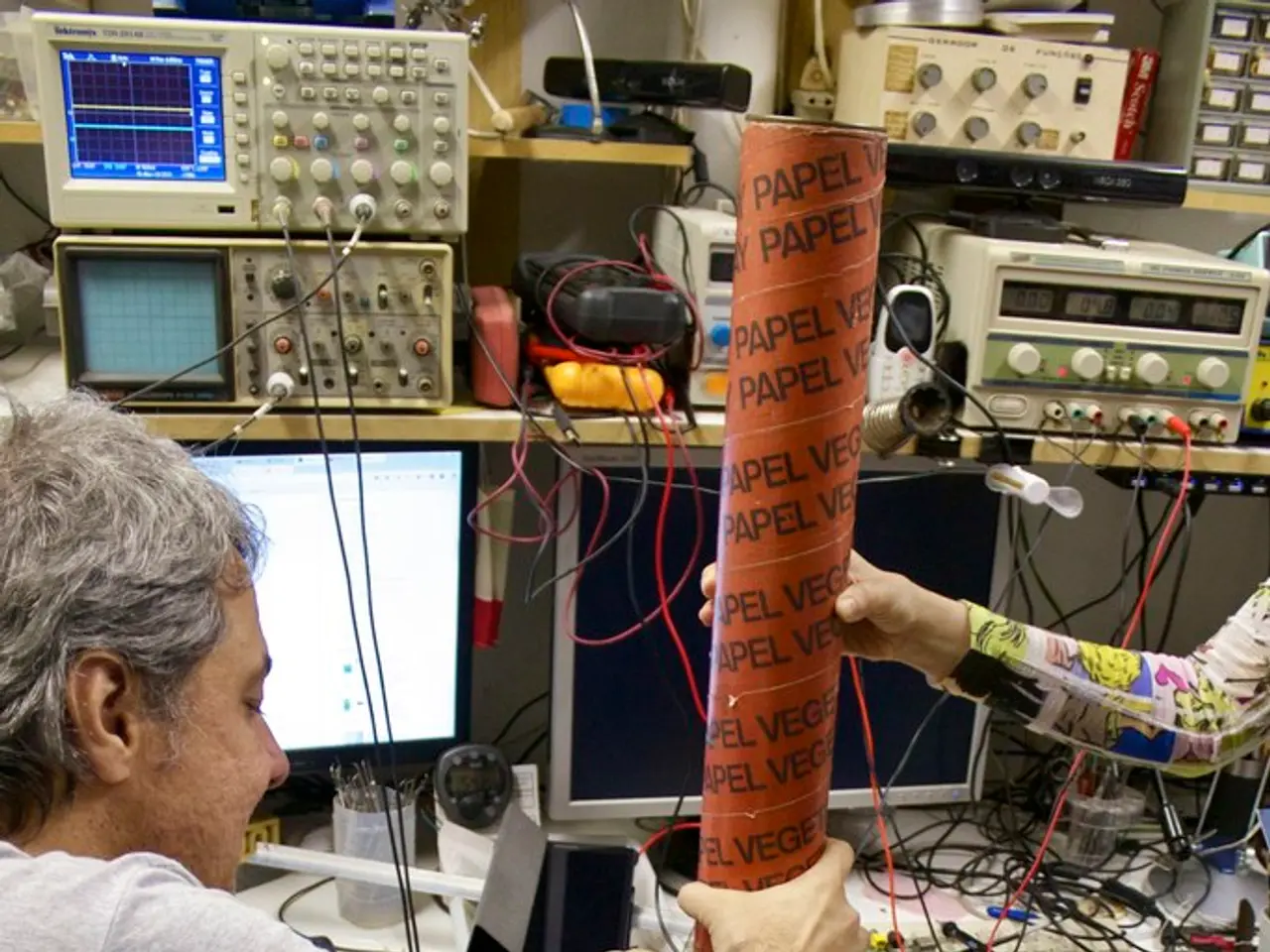Home inspections with an endoscope may be common, but it turns out they're not for the reasons you might think!
In the consumer market, there's a growing trend towards compact and functional devices known as non-medical endoscopes or inspection cameras. These handheld devices, now widely available, offer high-definition video and dual camera views, making them ideal for various applications such as automotive, home inspection, and industrial use.
Unlike traditional borescopes, which are rigid or semi-flexible optical instruments primarily used for industrial or mechanical inspection, these modern consumer devices come with advanced features like digital HD imaging and video output, dual cameras for forward and backward views, long, flexible cables for extended reach, and affordable pricing, making them accessible even to DIY enthusiasts and non-professionals.
While the terms 'borescope' and 'endoscope' are often interchangeable in both industrial and medical contexts, it's essential to understand the differences. Historically, borescopes were rigid or flexible optical scopes used mainly for mechanical inspection, while endoscopes refer to medical instruments for internal human or animal examination. However, consumer inspection cameras are bridging this gap by offering features from medical endoscopes, such as improved video quality and flexibility, but packaged for non-medical, general-purpose inspection.
On the other hand, the medical endoscopy market is thriving, particularly in flexible and single-use endoscopes, driven by clinical needs, hygiene concerns, and technological advances. Despite the similarities, these medical devices differ significantly from consumer inspection cameras in terms of sophistication, regulation, and application specificity, focusing on internal diagnostics and disease treatment.
| Aspect | Consumer Non-Medical Inspection Cameras | Traditional Borescopes | Medical Endoscopes | |----------------------------|------------------------------------------------------|-------------------------------------------|----------------------------------------| | Primary Use | Home repair, automotive, industrial inspection | Industrial/mechanical inspection | Healthcare diagnostics and treatment | | Design | Handheld, flexible cables, dual cameras, digital HD video | Rigid/flexible optics, basic imaging | Flexible, sterile, advanced imaging | | Price Range | Affordable (~$20-$150) | Variable but often lower-tech optics | Expensive, regulated medical devices | | Technology Level | Consumer electronics integration (screens, apps) | Optical lenses, basic video or eyepiece | High-tech imaging, miniaturization, AI aids | | Sterilization Requirement | Not required, non-sterile | Not required | Strict sterilization, single-use trends|
In summary, the consumer market trend is toward more versatile, affordable, and user-friendly non-medical inspection cameras with enhanced imaging capabilities, differentiating them from traditional industrial borescopes by digital features and usability, but still lacking the clinical complexity and regulation of medical endoscopes.
These devices, initially called 'inspection cameras' or 'borescopes', are now increasingly being referred to simply as 'endoscopes'. They offer a wide range of possibilities in the field of optics, from finding lost keys to checking drains, examining car engines, and even detecting signs of mice. With prices starting as low as $20, these devices are becoming increasingly accessible, making them an essential tool for DIY enthusiasts and professionals alike.
For those interested in exploring the world of endoscopes further, Adam Juniper, a resident expert on camera drones and drone photography, provides buying guides for aerial photographers of all ability levels. His extensive knowledge extends to the latest rules and regulations on piloting drones, making him an excellent resource for anyone looking to delve into the world of endoscopes.
If you're looking for more information on the best non-medical endoscopes or inspection cameras, Digital Camera World has a comprehensive guide to help you make an informed decision. Whether you're a professional or a DIY enthusiast, there's an endoscope out there that's perfect for you.
- Among the latest gadgets, non-medical endoscopes, commonly known as inspection cameras, are gaining popularity due to their compact and functional design.
- The growing trend in this market is towards endoscopes offering digital HD imaging, video output, dual cameras, long, flexible cables, and affordable pricing.
- In contrast, traditional drones are primarily used for industrial or mechanical inspection, lacking the digital features and usability of current non-medical endoscopes.
- As technology advances, data-and-cloud-computing plays a crucial role in capturing and storing the video data generated by these modern non-medical endoscopes.
- For those seeking advice on selecting the best camera drone or drone photography equipment, Adam Juniper, a resident expert, offers extensive buying guides catering to all skill levels.
- For comprehensive reviews and guides on various non-medical endoscopes or inspection cameras, consider checking Digital Camera World's comprehensive and informative content.




